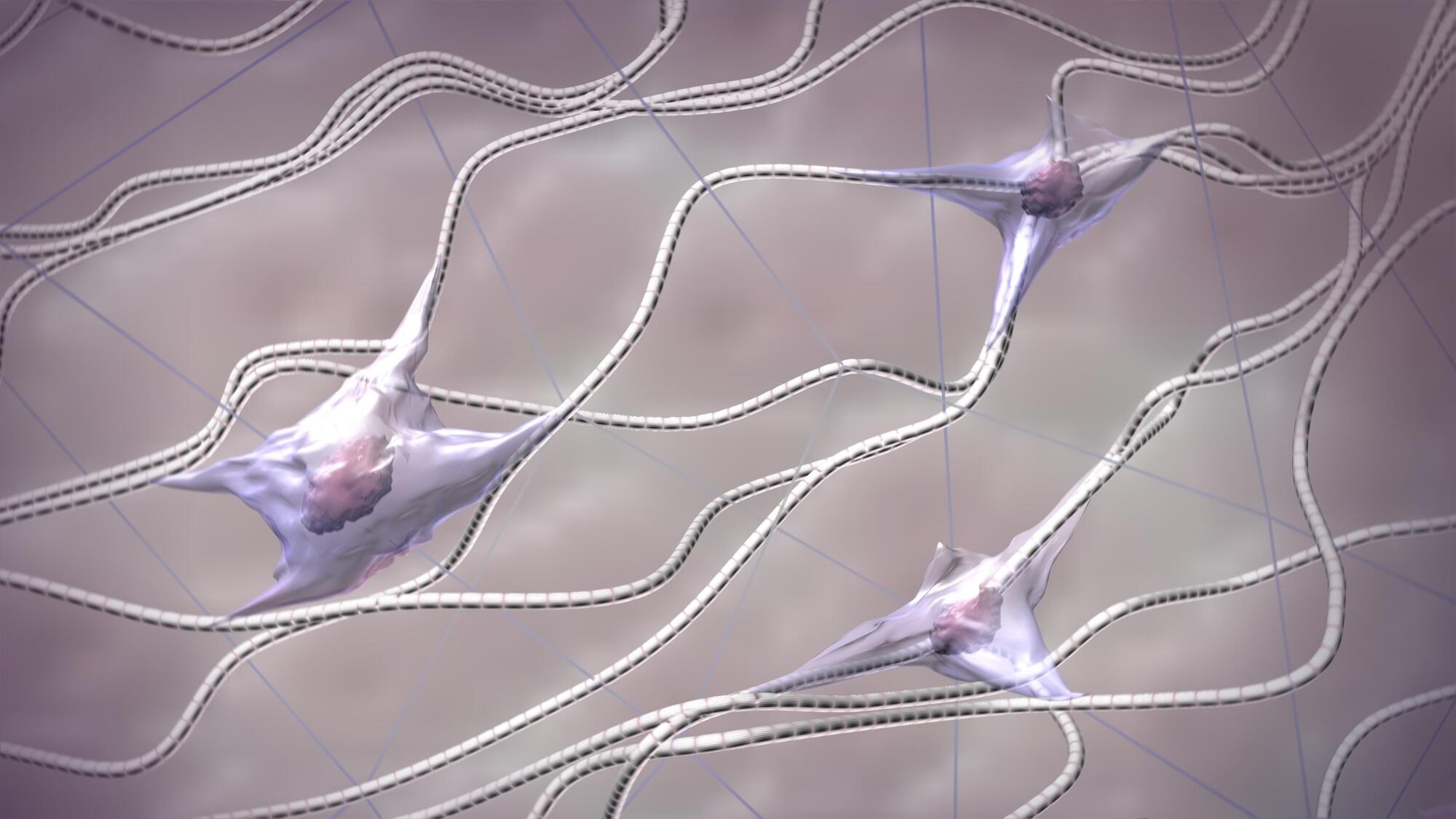“Our findings suggest that senescent cells maintain their large size through improved adhesion to the extracellular matrix via AP2A1 and integrin β1 movement along enlarged stress fibers,” Chantachotikul said.
The link between AP2A1 and senescent cells, the researchers said, means the protein has the potential to be used as a marker for cellular aging.
The team also believes that the findings may offer a new target for future treatments of age-related diseases.
